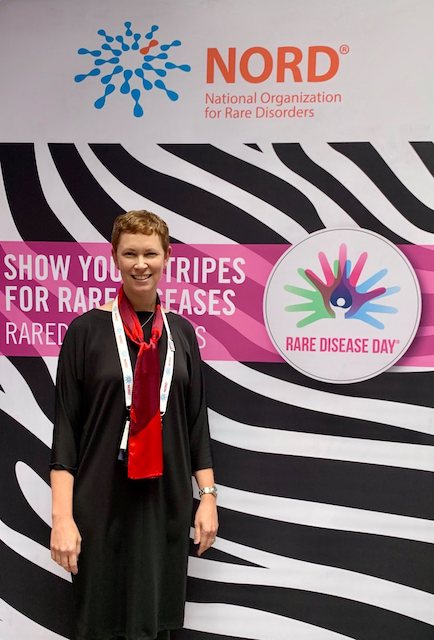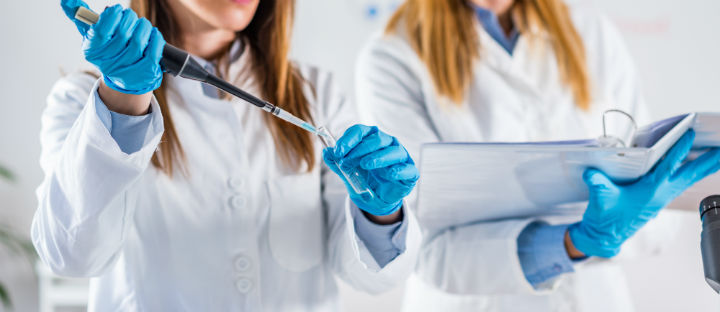Jennifer Orange, October 2019

In late October, I travelled to Washington DC to attend the National Organization for Rare Disorders Summit. For me the Summit had three parts. I spent Sunday, October 20 with a group of inspiring leaders of rare disease organizations in a session designed to facilitate organizational development. It was remarkable how many parents, particularly mothers, had founded their organizations and were working for cures for their children, among others. The main NORD Summit, which this year focused on the development of drugs for orphan diseases, was held on October 21-22. This meeting was huge! I was so impressed to see so many people representing so many different rare diseases, along with members of the pharmaceutical industry and government agencies. The theme of the summit was “The time is now”, and it was clear from the discussions of the meeting that at this time we see a convergence of a recognized need for drug development for rare diseases as well as an exciting scientific developments. Advancements in biologics and gene therapies are creating opportunities for cures that were never before thought possible.
To be honest, much of the discussion was hard to hear. So far, there is no drug in development for APS Type I. As we all know, our patients work with a patchwork of medications that try to address the symptoms as they arise. Sometimes it feels like you are trying to stop dozens of holes in a dike when you only have 10 fingers. Nonetheless, I met people who were in our position years ago, and are now looking at viable therapies and even cures for their diseases. The conversation around sickle-cell disease was particularly exciting. So we press on.
I also recognized what a fortunate position we are in. As I talked with other rare disease leaders I realized that we do not have some of the problems that other organizations are facing. We have an extremely engaged Board that shows up every month and works throughout the year to advance education awareness and research for APS Type I. Not every organization has that. We also have an exceptionally talented and engaged Medical Advisory Committee and I could see how impressed organized other organizations were when I told them about the doctors who are helping us. Finally, we have an incredible group of patients and family members and friends who have helped us come a long way in a very short period of time. In five years we have held three international symposia, awarded research grants, and started our own web-based registry. We are punching above our weight.
Registry Leaders Meeting
I spent the last day with NORD in the IAMRARE registry leaders community meeting. In this meeting we talked about how to make the most of our registry. It became very apparent to me that there are two areas in which the APS Type 1 Foundation should focus in order to benefit our patients going forward. First, we need to fundraise. With money comes the capacity to hire more staff and to be further engaged in in our mission. We cannot step up to the next level without more money. It is as simple as that. Second, data is power in the rare disease world. We need as many patients as possible to enter their data into our registry because that is how we are going to attract interest in research in our disease. Both of these needs mean getting better at engaging with our patient and family communities. It is a circular process. With more funding we can keep in better touch and we can help spread the word about our registry.
As always, it was a privilege to represent our community and to establish relationships with NORD and other organizations that will help build our capacity to work for better treatments and a cure.

